March 07, 2023
Spotlight On: Phenolic Yellowing
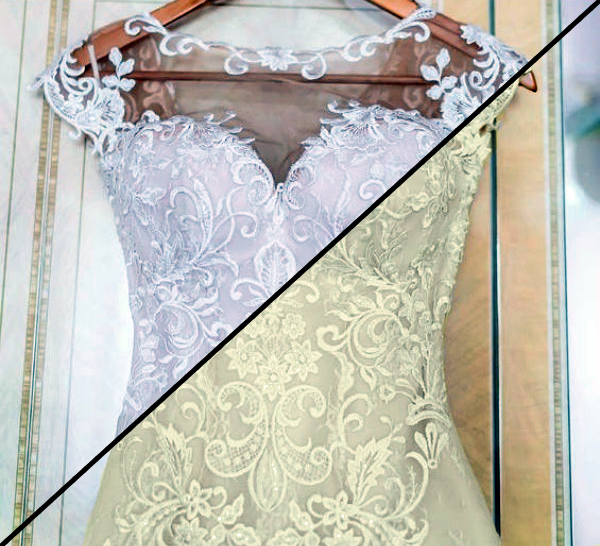
What is Phenolic Yellowing?
Phenolic Yellowing is a phenomenon usually observed after periods of storing or transporting white, pale or pastel colored textiles. White, pastel and pale colored textiles are all potentially susceptible to phenolic yellowing (sometimes called Elusive Yellowing as it can fade once the textile is exposed to sunlight and air).
It is caused when Nitrous Oxides react with yellowable phenolic compounds on the surface of the textile. The source of the Nitrous Oxide contamination is usually the bi-products of combustion, such as diesel-powered fork lifts, heaters, or road traffic pollution. Other sources of nitrogen on the fabric surface are amine based softeners. The yellowable phenols often come from cheap antioxidants, such as BHT, which are present in the plastic covers that are used to protect the garments or rolls of fabric. If the fabric is contaminated with nitrous oxides, and then covered with a BHT containing film, then over time the antioxidant can leach from the packing material on to the surface of the textile and react with the nitrous oxide contaminants, resulting in phenolic yellowing. This reaction is accelerated if there is increased temperature, moisture content or a more alkaline fabric pH.
How do we test for Phenolic Yellowing?
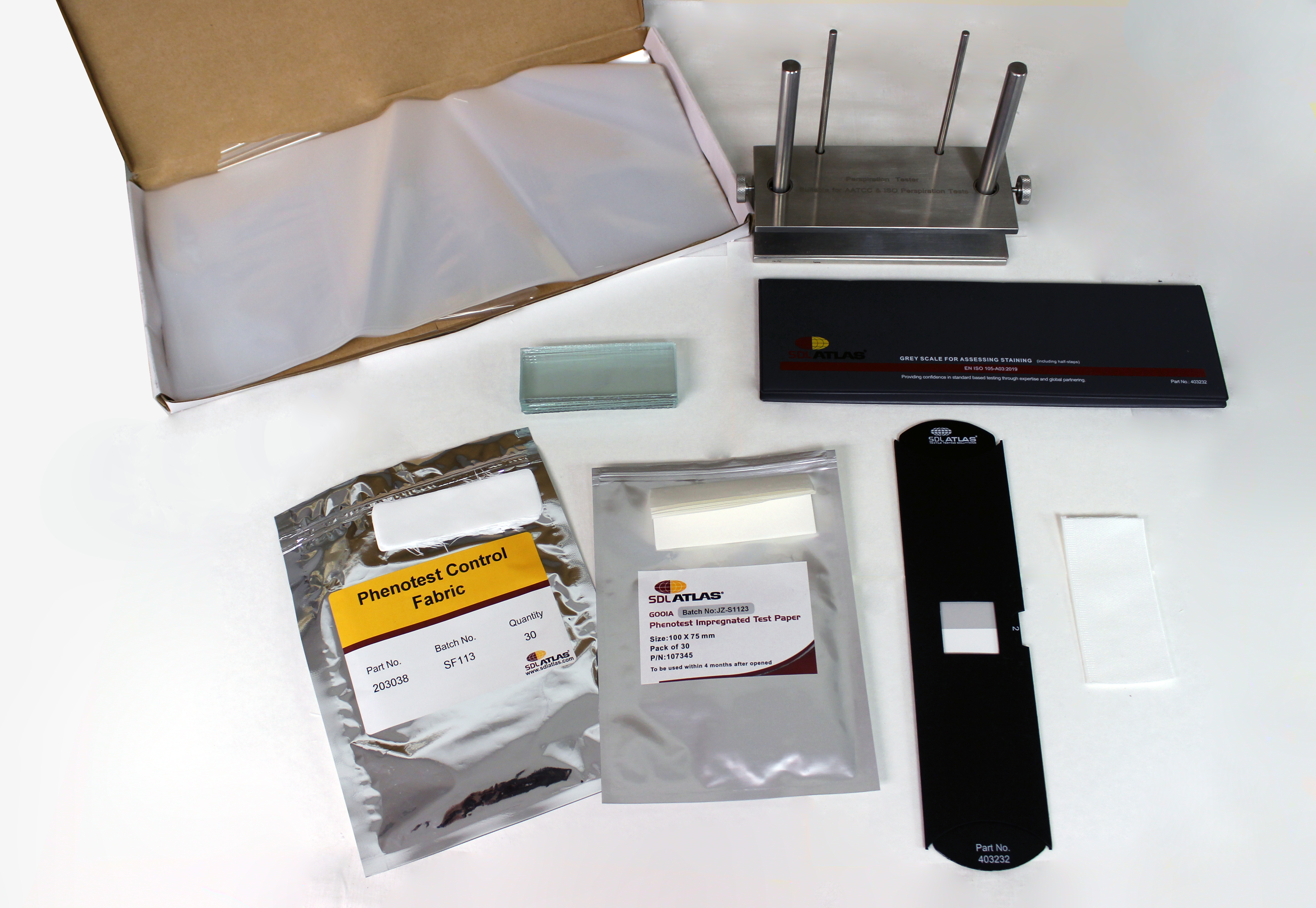 The SDL Atlas Phenotest Kit is a combination of 3 products which are used to create the perfect conditions to promote phenolic yellowing. These 3 products are
The SDL Atlas Phenotest Kit is a combination of 3 products which are used to create the perfect conditions to promote phenolic yellowing. These 3 products are
- High grade filter papers which have been impregnated with a Nitrophenol compound
- A BHT free Polythene Sheet
- A Control Fabric which is known to significantly yellow in a phenolic yellowing test.
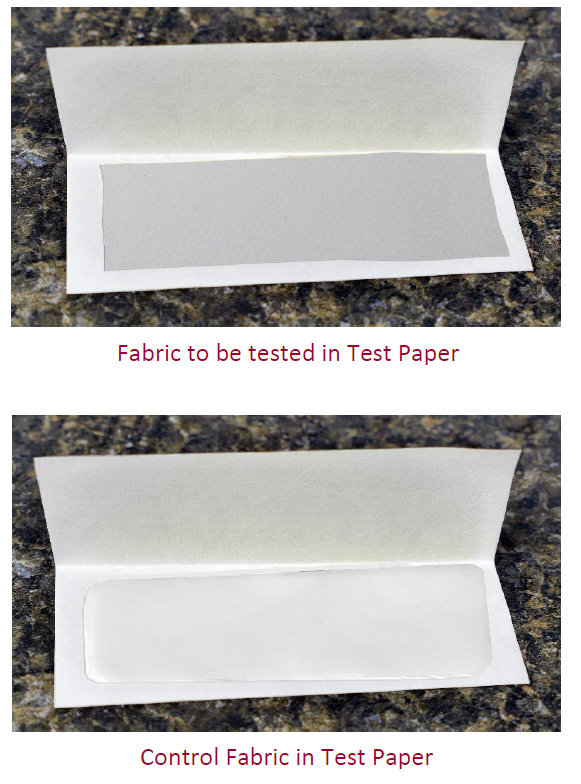 The fabric which is being tested is placed in intimate contact with the impregnated test papers, for a period of 16 hours at 50˚C whilst the whole package is wrapped in the BHT free film. This is defined in the ISO 105-X18 testing standard. The Nitrophenol compound will then react with any alkalinity, moisture or other phenolic yellowing causing contaminant on the fabric, and if these are present, then the fabric will yellow during the test.
The fabric which is being tested is placed in intimate contact with the impregnated test papers, for a period of 16 hours at 50˚C whilst the whole package is wrapped in the BHT free film. This is defined in the ISO 105-X18 testing standard. The Nitrophenol compound will then react with any alkalinity, moisture or other phenolic yellowing causing contaminant on the fabric, and if these are present, then the fabric will yellow during the test.
The result of the test will tell the fabric producer whether they need to take any corrective action to reduce the chance of the fabric yellowing in practice. This is usually to wash and to adjust the fabric pH to around 6.5. Also, the manufacturer would ensure that the sources of contamination are removed, such as not using any combustible fuels in the warehouse, ensuring no fumes from outside of the warehouse can enter, and ensuring unstable antioxidants are not used in packing materials.
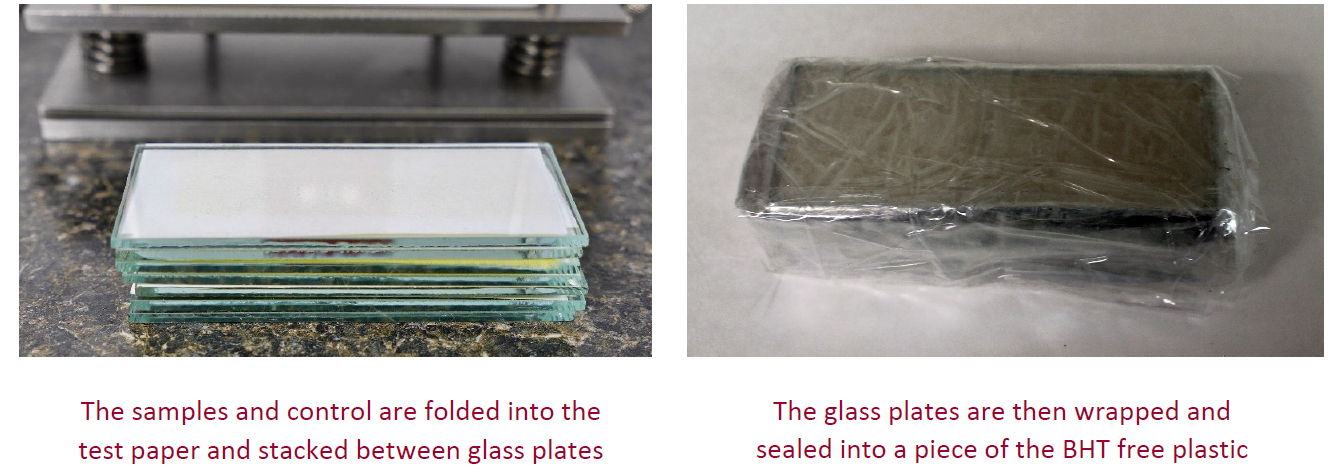
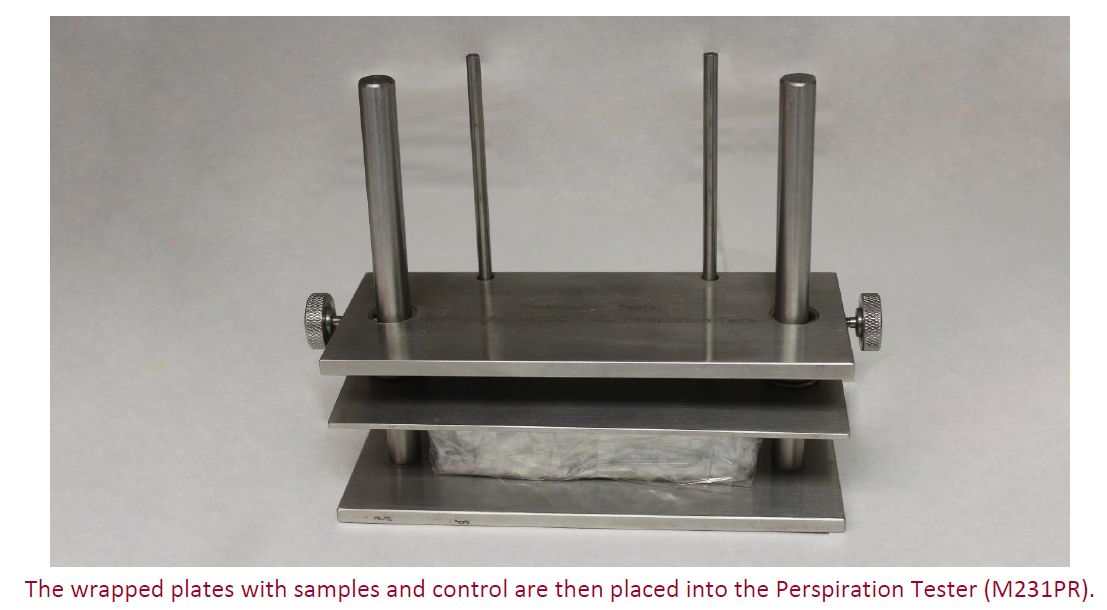
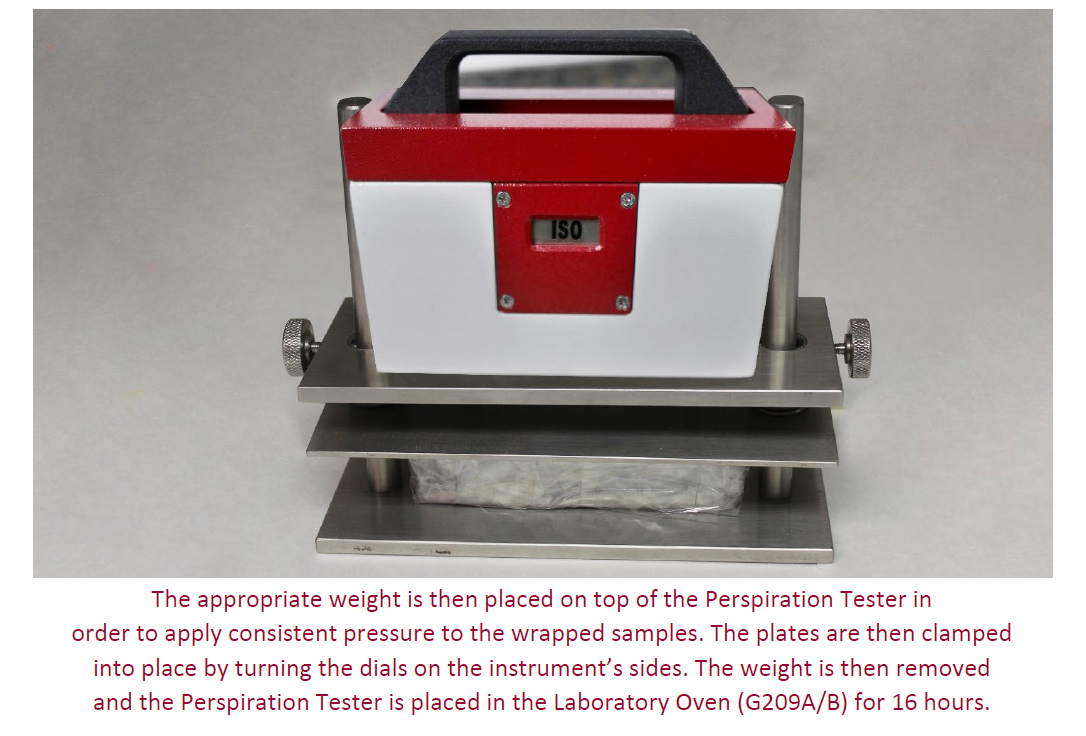
How do we interpret the results?
 We should be clear that this test assesses the POTENTIAL that the fabric could be susceptible to Phenolic Yellowing. We have to remember that a range of factors need to be present for Phenolic Yellowing to happen at all. The Phenotest Kit is providing all the necessary ingredients for a contaminated, alkaline, or otherwise susceptible fabric to yellow. In effect we are assessing the RISK that a fabric could yellow if the conditions allow.
We should be clear that this test assesses the POTENTIAL that the fabric could be susceptible to Phenolic Yellowing. We have to remember that a range of factors need to be present for Phenolic Yellowing to happen at all. The Phenotest Kit is providing all the necessary ingredients for a contaminated, alkaline, or otherwise susceptible fabric to yellow. In effect we are assessing the RISK that a fabric could yellow if the conditions allow.
Retailers will have a pass/fail grade for the amount of yellowing risk they are prepared to accept. This is usually grade 4 or above (4, 4-5 or 5) based on the how yellow the fabric has become after the test. A grade 4 will seem visually very yellow, so we need to remember that this test is assessing the POTENTIAL to yellow, given the correct conditions.
What do the grades mean?
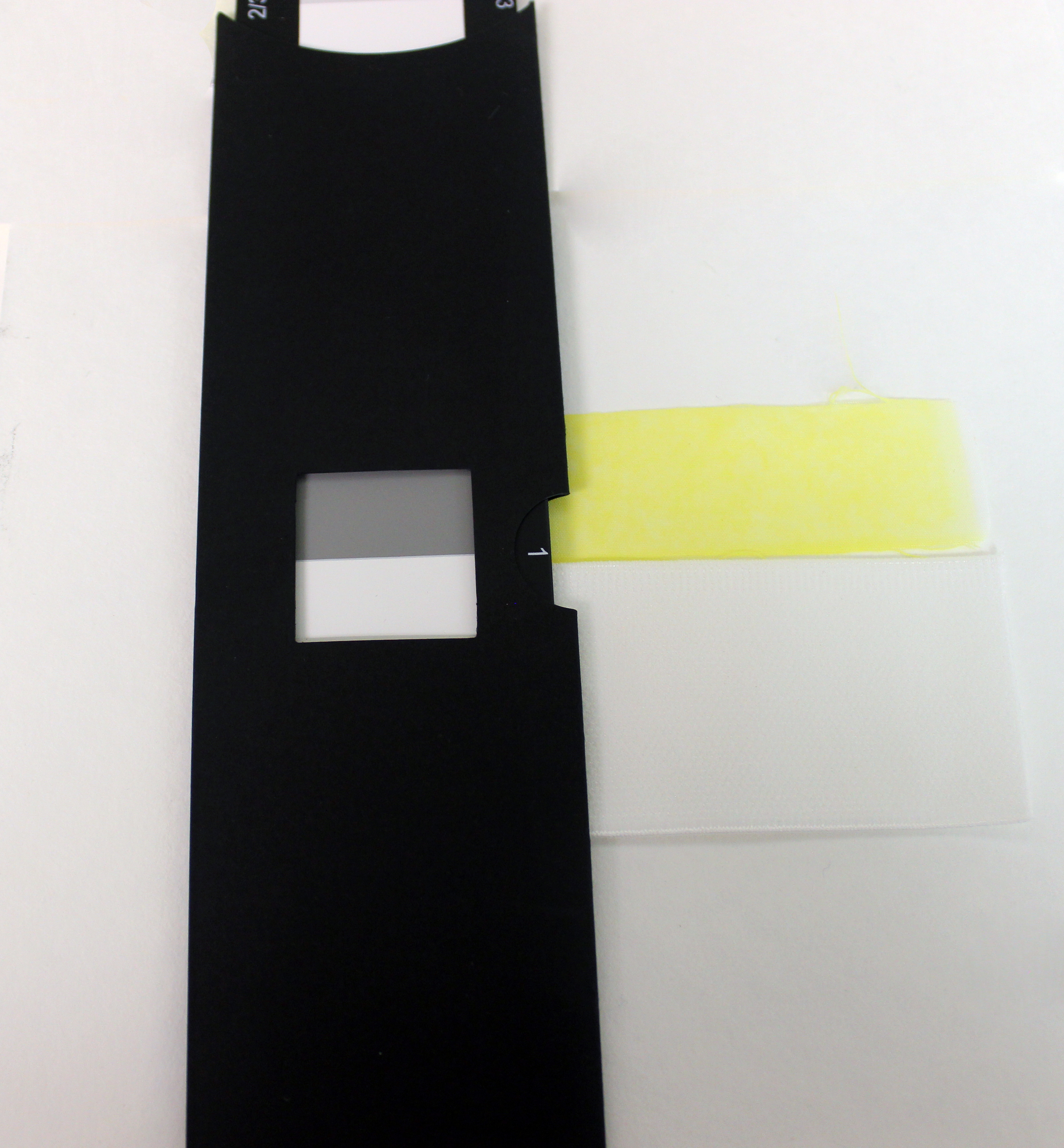 A grade 4 actually means the risk or potential of yellowing is low or acceptably low. A grade 1 would mean the risk or potential of yellowing is very high. In reality a fabric achieving a grade 1 may not yellow at all in the real world, if the manufacturer is breaking the chain of contaminants which are needed for Phenolic Yellowing to occur. But it would only take a slight issue and that fabric could yellow.
A grade 4 actually means the risk or potential of yellowing is low or acceptably low. A grade 1 would mean the risk or potential of yellowing is very high. In reality a fabric achieving a grade 1 may not yellow at all in the real world, if the manufacturer is breaking the chain of contaminants which are needed for Phenolic Yellowing to occur. But it would only take a slight issue and that fabric could yellow.
On the other hand, a grade 4 would suggest that the fabric is more stable and much more contamination would be required before it started to yellow. A retailer wouldn’t accept any visible yellowing on the products in store, so it is incredibly important that they are testing the potential for their products to yellow prior to shipping. It also gives the manufacturer
confidence that the product will resist yellowing and they will not face any penalties and loss of profits from customer/retailer complaints. Garments spend many weeks in shipping containers and then potentially many weeks in the retailer’s distribution warehouses. It is vital that a Phenolic Yellowing test is performed to minimize the risk to both parties.
Who can benefit from for the Phenolic Testing?
- Fabric and Garment Mills
Fabric and Garment Mills will want to be able to perform internal QC checks to ensure their potential yellowing risk is low. Especially any Fabric or Garment Mill producing white, pale or pastel colored textiles in any fiber composition.
- Chemical Suppliers
Chemical suppliers that produce products to enhance whiteness and/or those that develop chemicals to reduce the potential for phenolic yellowing will need to be able to perform the tests to validate these claims.
- Independent Laboratories
Independent laboratories are often called upon by their customers to perform Phenolic Testing on behalf of the retailers and the fabric/garment producers.
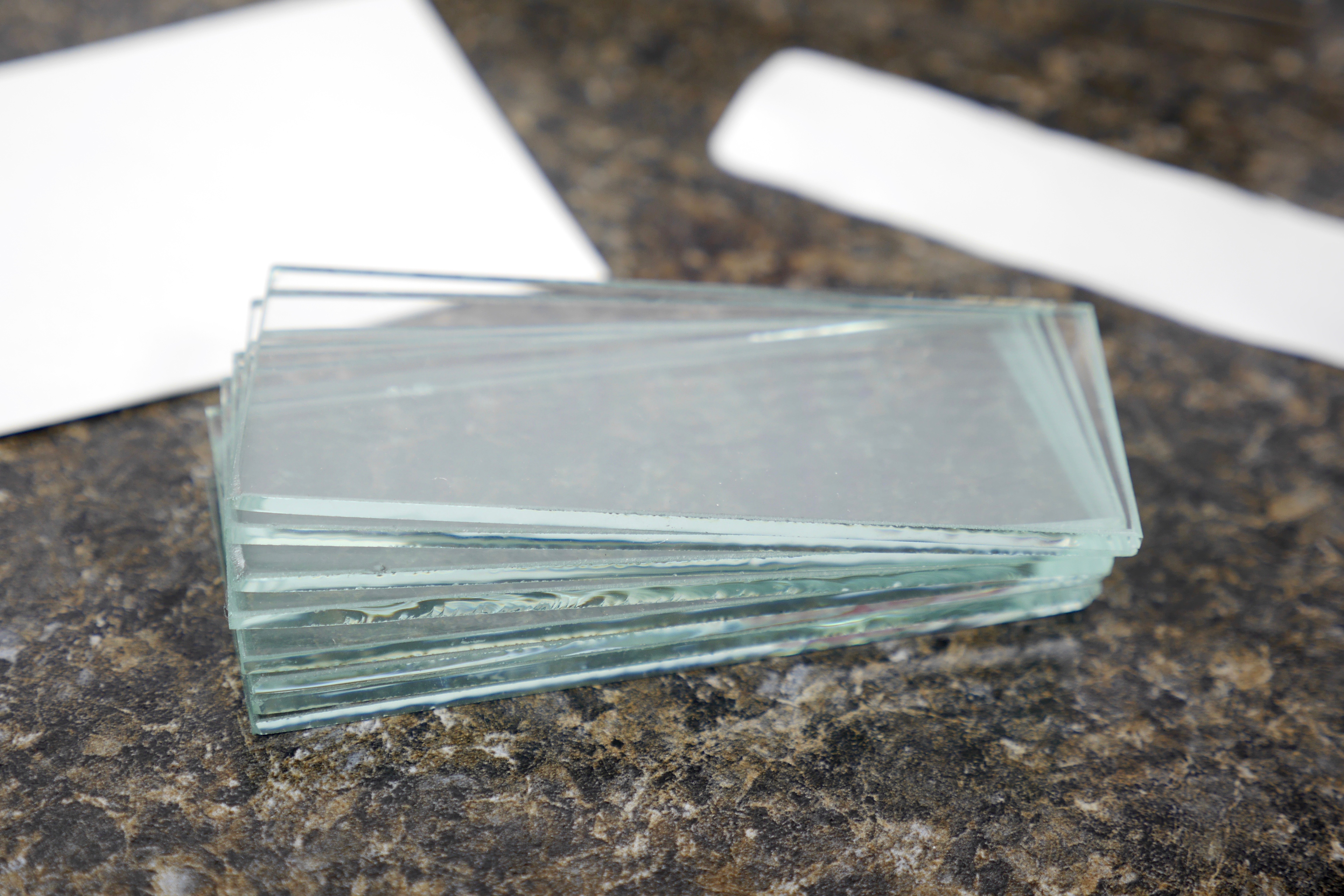
Frequently asked questions
What is the shelf life of the Phenotest Kit?
The impregnated papers can be used for up to 4 months after opening. Once opened, the packs must be resealed after every test and kept in a cool environment. We advise that control fabric and BHT free film are replaced after a maximum of 2 years to avoid any issues caused by contamination build up. An unopened pack of Impregnated papers can be stored for a maximum of 2 years, but for older papers you must validate them by assessing that the control fabric has sufficiently yellowed after the test. If the control fabric has not yellowed to a minimum of Grade 3 then the papers must be replaced.
How do I know that the test has been performed successfully?
The yellowing of the control fabric is key to knowing that the test has been successful. The control fabric must have achieved a minimum of grade 3 or lower (2-3, 2 etc.). If the yellowing is grade 3-4 or higher then the test was performed incorrectly, or the test papers have become ineffective. Repeat the test and see if the result improves. If the result is the same then replace the test papers.
Note – one should also look for a reduction in the yellowing of the control fabric. If with a new pack of impregnated papers, you are seeing strong yellowing, and as the impregnated papers age the yellowing is becoming less, then this is an indication that the papers are ready to be replaced. It is ALWAYS better to keep the papers in as new like condition as possible to deliver consistent, maximum, testing performance.
When I opened the test pack after test the fabrics had yellowed, and now they are white again. What’s gone wrong?
Phenolic Yellowing is to some degree reversible. In the presence of sunlight or exposed to air phenolic yellowing will fade and may disappear altogether. It is important that the specimens are assessed within 30 minutes of opening the test package, and in the case of any disputed grades a new test must be performed. Reassessing old specimens, several days later is not allowed.
The control fabric is yellowing more or less than it used to, what’s happening?
Because of the nature of the test, it is not unusual for the control fabric to vary by up to half a grade more or less yellow. If you are seeing differences in excess of this, then the rule is generally to repeat the test, then if the trend continues look at whether it is more or less yellow than expected. More yellow would usually indicate a potential problem with the control fabric picking up some contamination, and should be replaced. Less yellow would indicate the impregnated test papers are becoming old and should be replaced.
Phenolic Yellowing Test In Action
Assessing a Phenolic Yellowing Test
To learn more about Phenolic Yellowing, visit: https://sdlatlas.com/test-materials/phenolic-yellowing or email [email protected]
